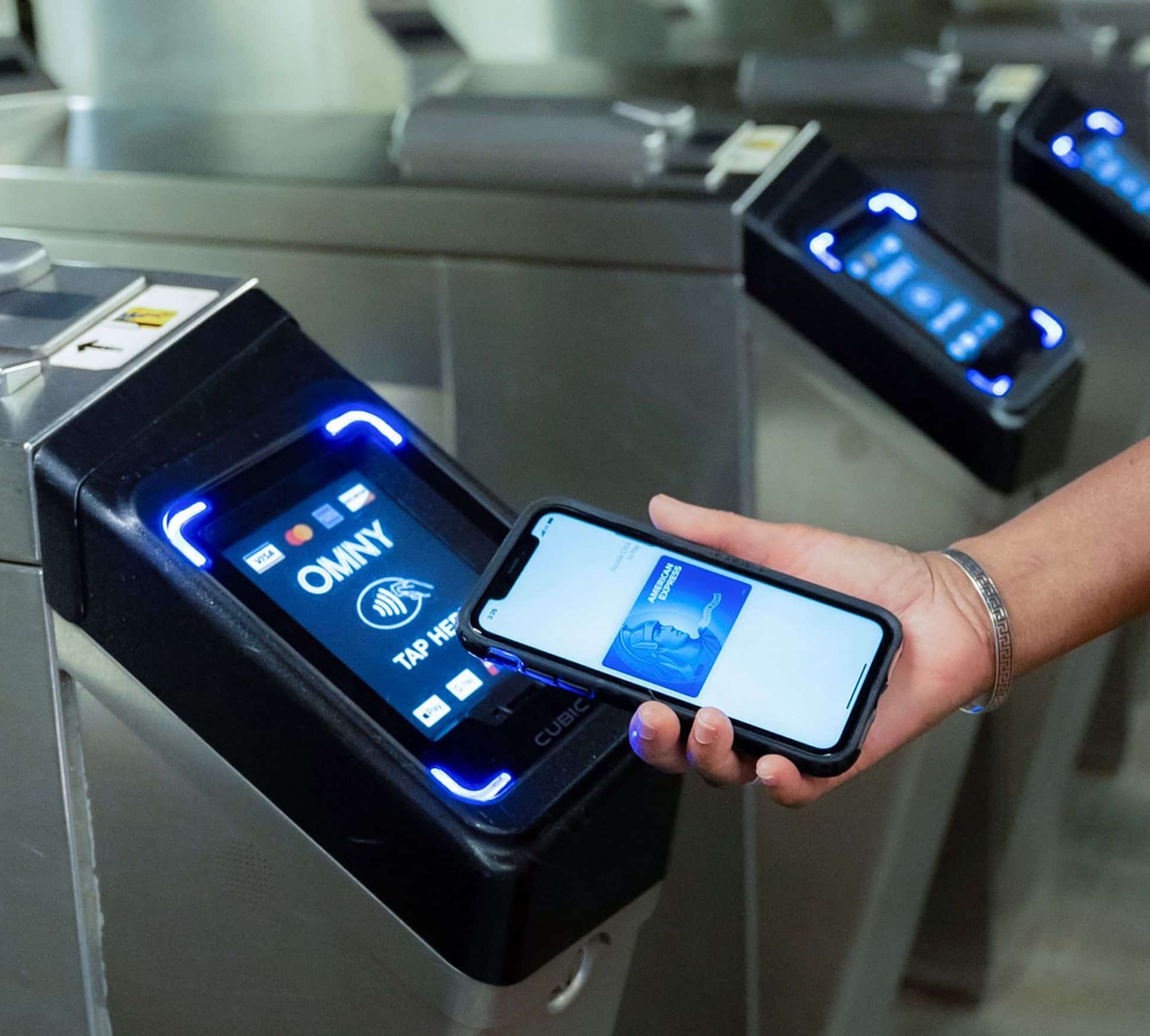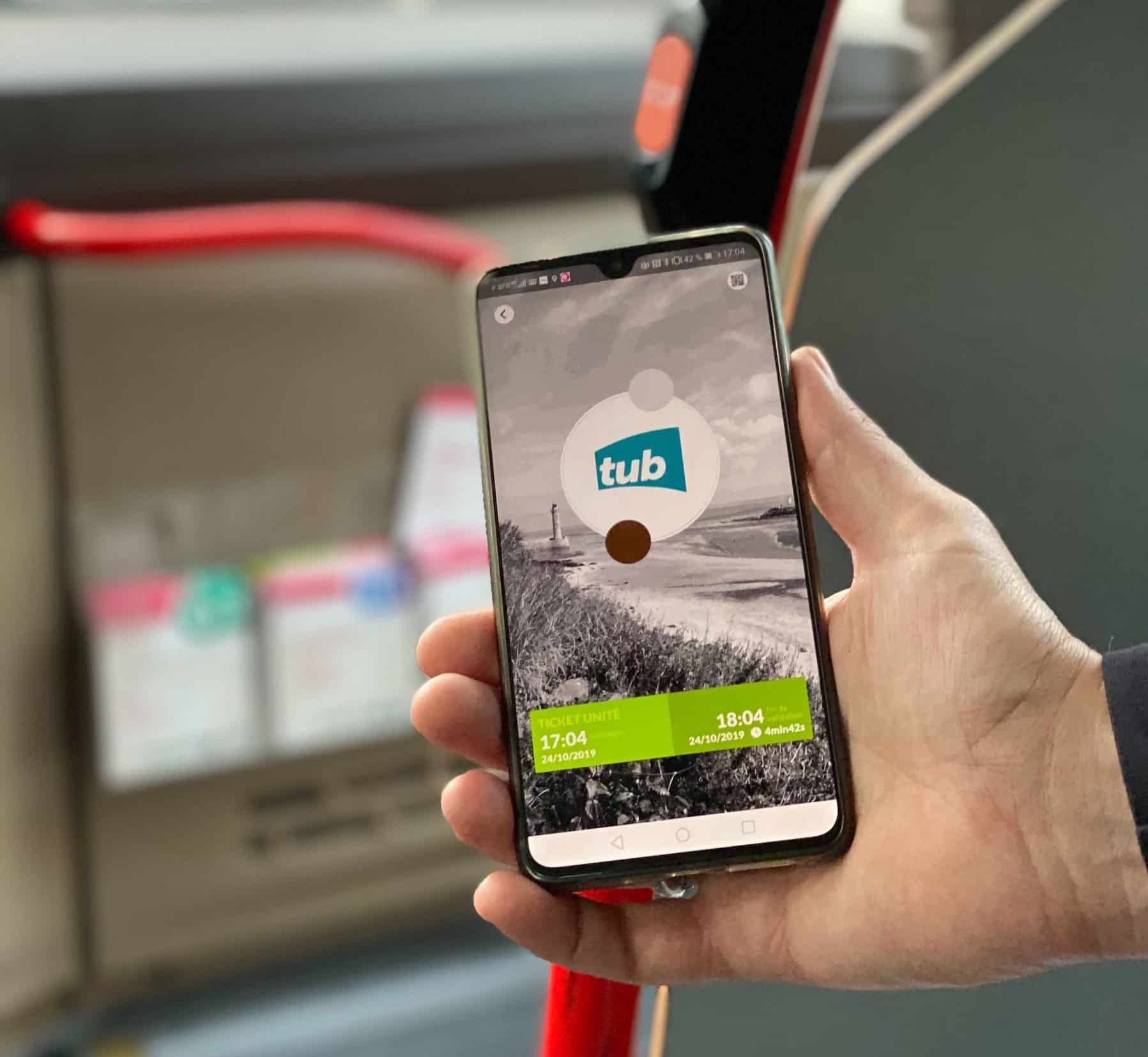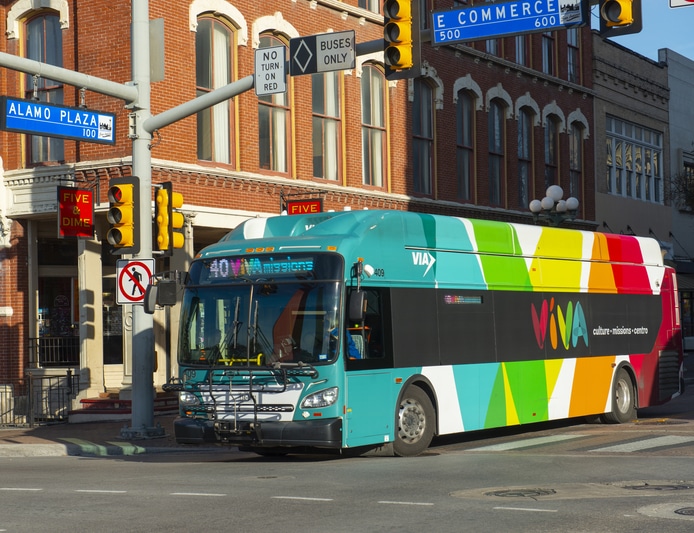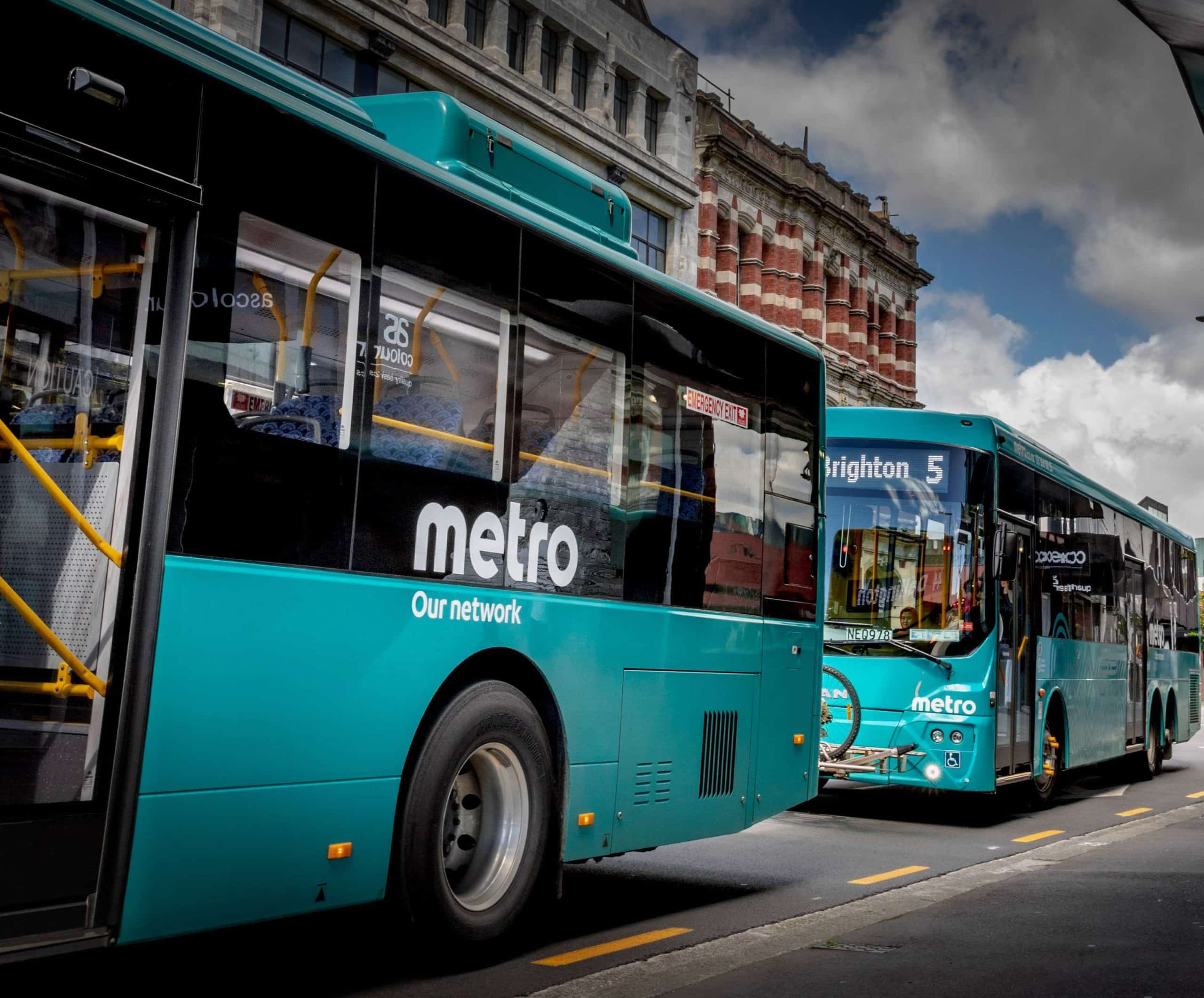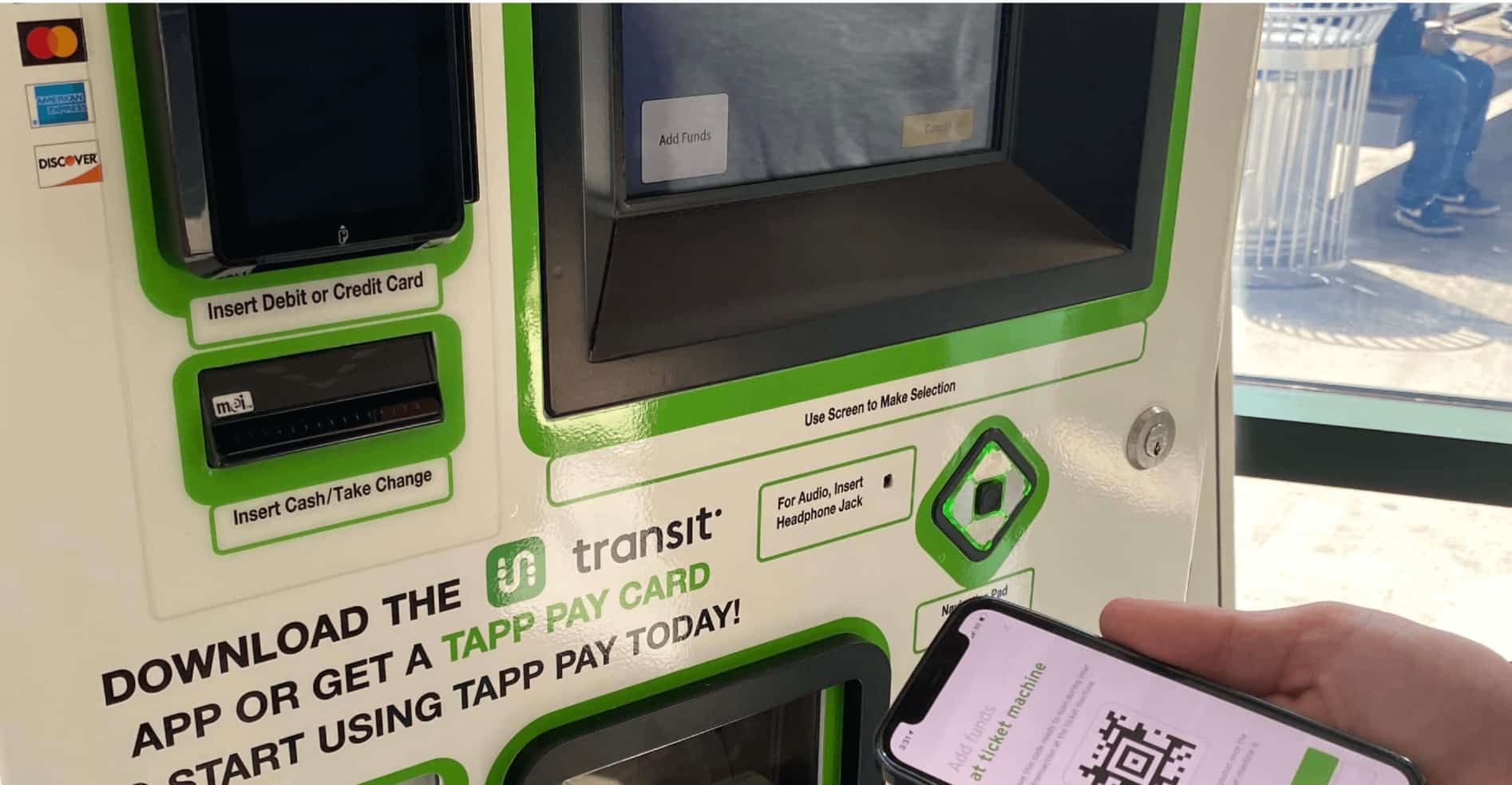
Article Highlights
Public transit ticket sales in the Transit app continue to grow, with the app recording nearly 2.5 million ticketing transactions since 2019. But total ticketing transactions in third-party apps are still very low compared with total fare payments for the agencies involved.
The Transit app has recorded nearly 2.5 million ticketing transactions since it began enabling transit agency customers to buy tickets in its trip-planning app in 2019. More than 250,000 customers of 65 agencies have purchased tickets in the app during that time, Transit said. Those figures are up from July 2021, when Transit had marked a little more than 1 million cumulative ticketing transactions from 130,000 customers of more than 50 participating agencies since 2019.
• Transit
• RTD Denver
• NEORide
• Uber
• Lyft
• Moovit
• Token Transit
• Masabi
• Bytemark
The Transit app has recorded nearly 2.5 million ticketing transactions since it began enabling transit agency customers to buy tickets in its trip-planning app in 2019, the app provider told…







